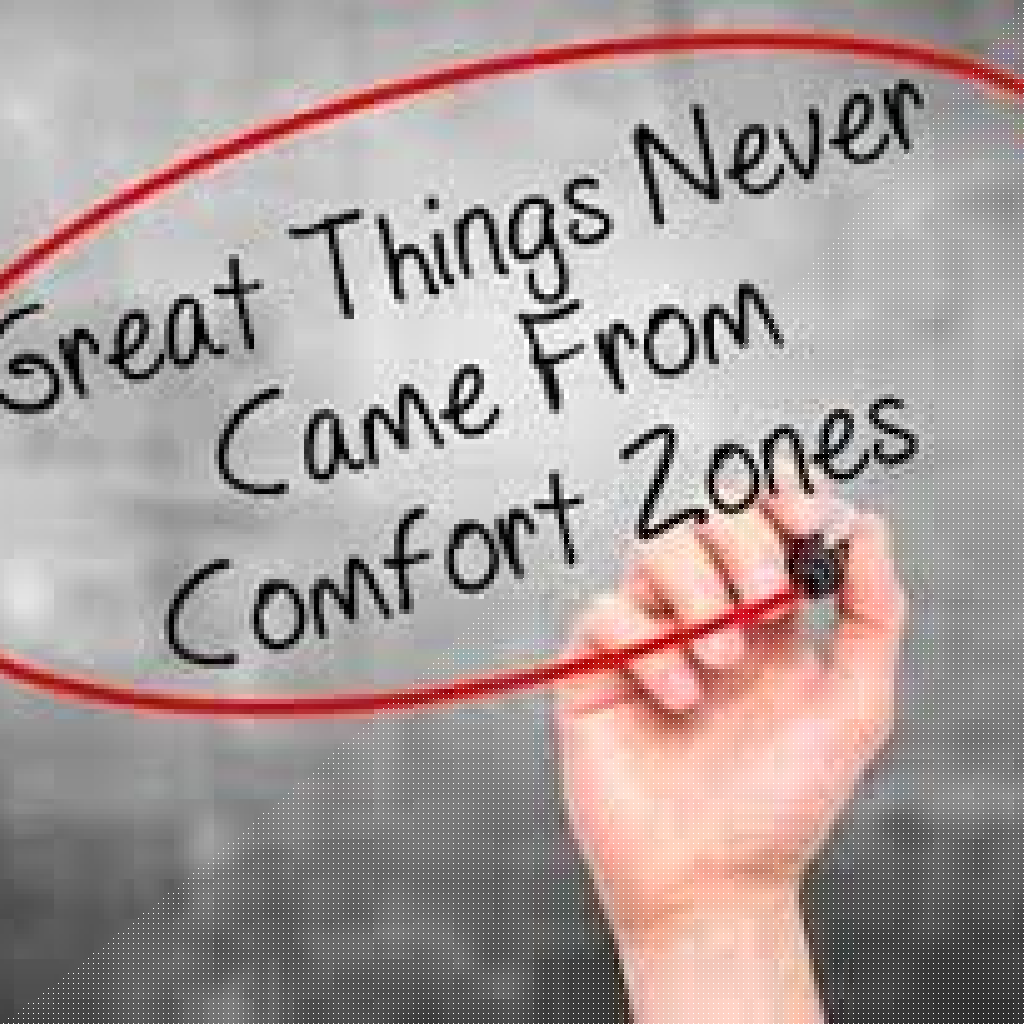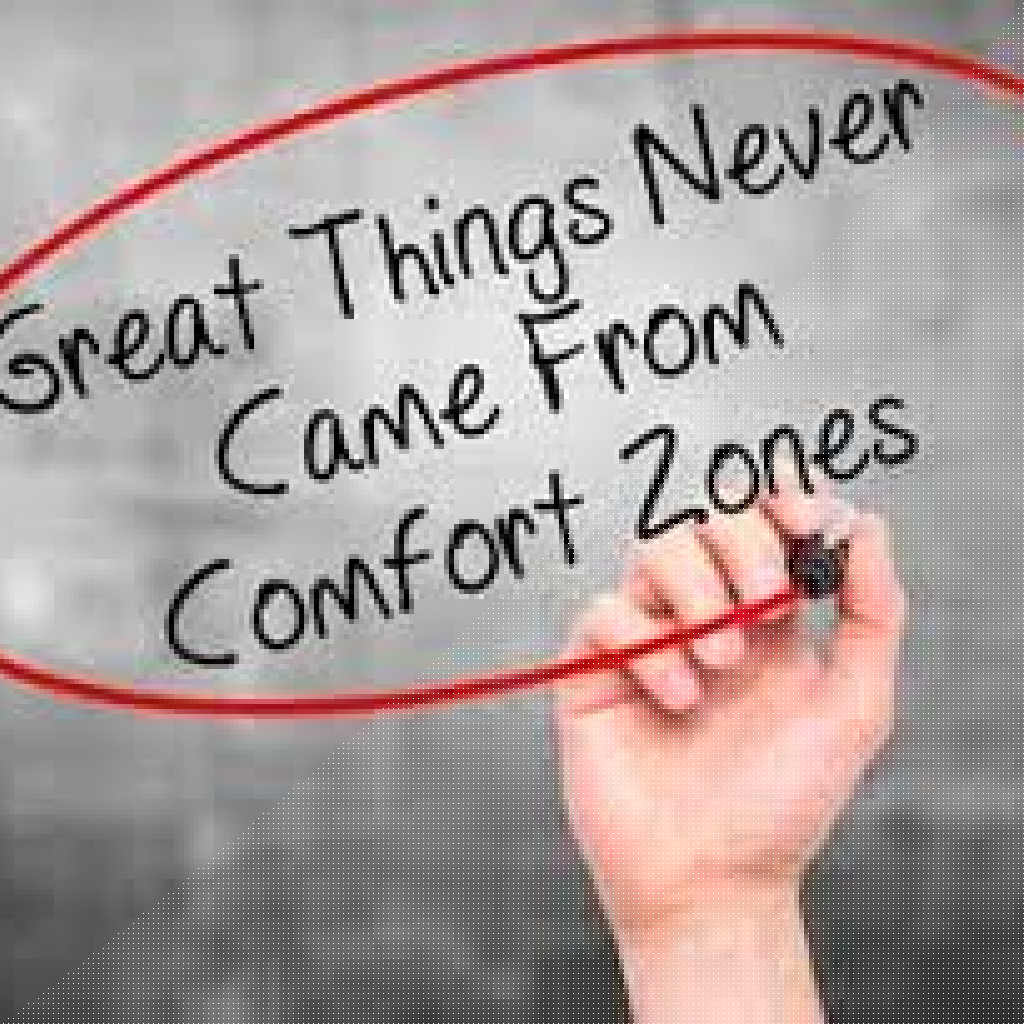Training a company’s new employees can be the cornerstone of success for many businesses. Unfortunately, it is common for some companies to skip formal training yet expect new workers to know what to do. This is a big mistake.
Studies show that more than 90% of employees will stay with a company for at least one year when the organization offers efficient onboarding processes. In addition, nearly 70% remain with their employer for three years or more when they’ve been adequately trained.
With that in mind, given the high cost of recruiting, interviewing, and hiring new workers, it can be worth the time, effort, and money for businesses to create and use a formal training process when bringing new employees on board.
How to Effectively Train Your Company’s New Employees
There are several steps involved in employee training. This is true for in-office and remote workers. These steps include the following:
- Establishing new employee procedures
- Ensuring that all managers and company leaders use a new hire training checklist
- Starting onboarding before the employee officially starts working
- Including onboarding best practices into the company’s overall procedures
- Training for company culture, not just topics
- Building in regular employee reviews
- Making necessary adjustments to the training program when needed
 Establishing New Employee Procedures
Establishing New Employee Procedures
The first step in the employee training process is determining what each new employee should know. These procedures can help you decide the “what, why, how, and when” to train your new workers effectively.
When you establish new employee onboarding procedures, you should consider the following points:
- Tasks or processes that employees need to know
- The best person or people to complete the training
- Where to allocate resources
- How will you train the employees?
- Ensuring that employees understand what you have taught them
Ensuring That All Managers and Company Leaders Use a New Hire Training Checklist
If your company has employees that start working at different times, you will need a way to track where each person is in the training process. This is where a new hire training checklist can help.
This list can include some or all of the following information:
- Sending a welcome letter or email with information about the company’s dress code, work hours, and parking procedures
- Ensuring that office space and supplies are ready for the individual
- Pairing the new employee with a mentor
- Developing an individualized training plan to fit the specific position(s)
- Identifying the topics of priority
- Planning for check-in and follow-up meetings that offer the new employee additional and ongoing support
Starting Onboarding Before the Employee Officially Starts Working
Starting the onboarding process before the new employee arrives on their first day at the company can be highly beneficial. Doing so lets them know what to expect on day one and beyond. In addition, if you make employees feel comfortable immediately, they are more likely to remain with the company for the long term.
Including Onboarding Best Practices Into the Company’s Overall Procedures
Many employees succeed at work because their managers help them understand and utilize best practices. Some of the items that can make for effective employee onboarding include the following:
- Creating a memorable first day
- Using various learning methods suited to the topic(s) at hand
- Allowing the employee enough time to ask questions
Training for Company Culture, Not Just Topics
 Company culture can be as unique as the business and its diverse employees. Because of that, you must include this, along with the practical work-related information, in your new employee training.
Company culture can be as unique as the business and its diverse employees. Because of that, you must include this, along with the practical work-related information, in your new employee training.
This can help new hires better understand what they can and cannot do on company time. In addition, it is an excellent place to discuss the organization’s mission and values. You can conduct company culture training in person or online so employees can easily access and review it anytime.
Building in Regular Employee Reviews
All employees want to know how well they are doing at their job. This is particularly critical for new hires unsure of what management expects from them. In addition, many workers don’t settle into a new position for approximately six months. During this time, they may not feel comfortable asking their manager or leader questions or stating their concerns.
Because of this, managers must be readily available to talk with new hires. Some of the best ways you can accomplish this is through:
- Having regular in-person check-ins
- Sending weekly emails to employees that answer common questions
- Providing workers with helpful resources
Unless managers review their work, employees won’t know if they are performing to their expectations. So, frequent communication with workers – especially in various formats – is highly beneficial.
Making Necessary Adjustments to the Training Program When Needed
You may have an outdated new employee onboarding process depending on how long your company has been in business. If this is the case, you must make the necessary adjustments to bring it up to speed. For instance, given the wide range of electronic devices people have today, you could use more online methods for communicating with employees and allowing them to state their feedback.
Is Your Company Properly Training New Hires?
Learning how to train new employees effectively can be daunting, particularly when your company is taking on a new hire training program. However, regardless of the industry or size of your business, there are ways to incorporate a successful onboarding program and, in turn, to make new employees feel welcome and informed.
Working with a specialist in this area is recommended if your firm needs to create or update a new hire onboarding program. That way, you can ensure that all the essential steps are included.








